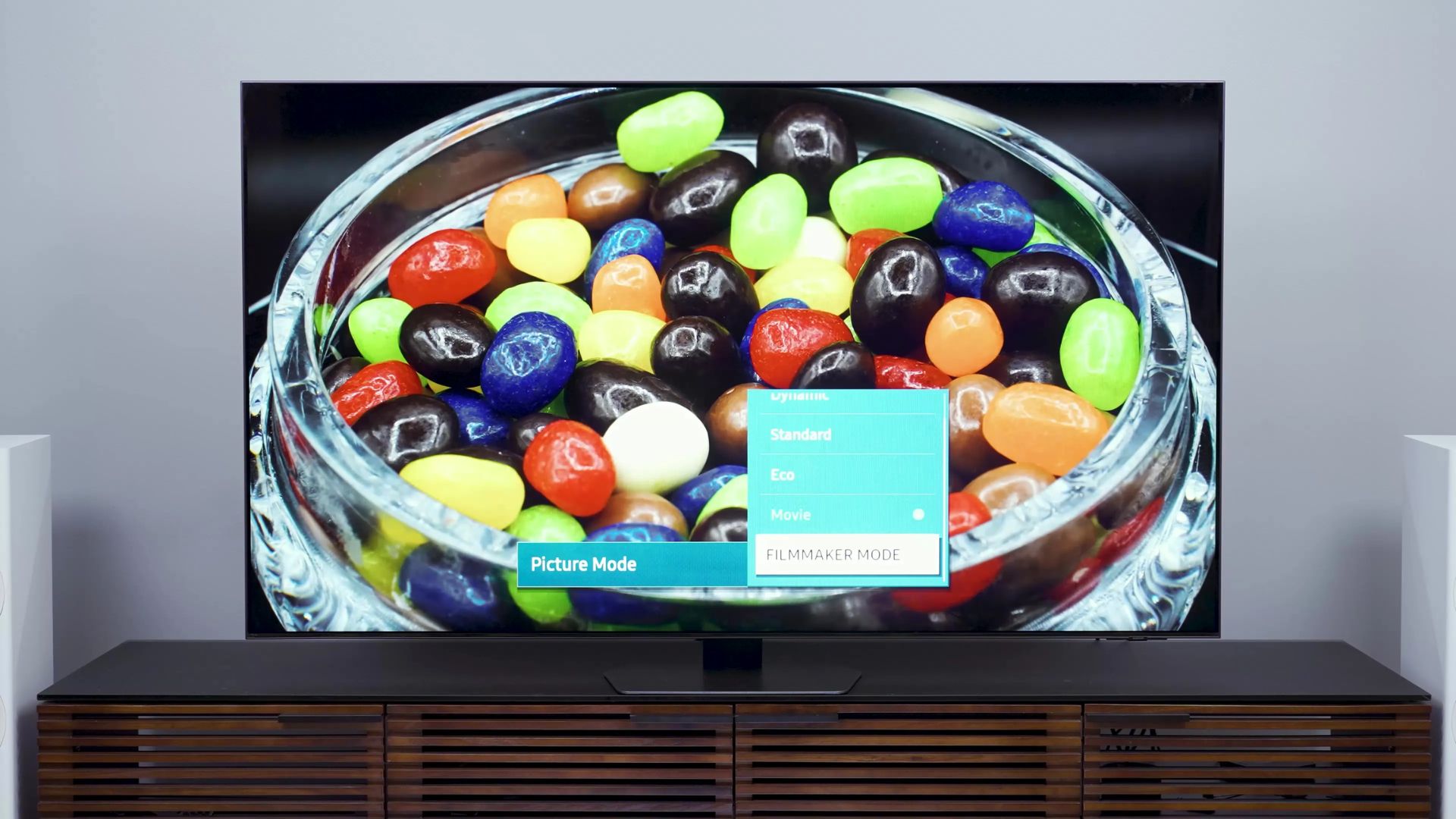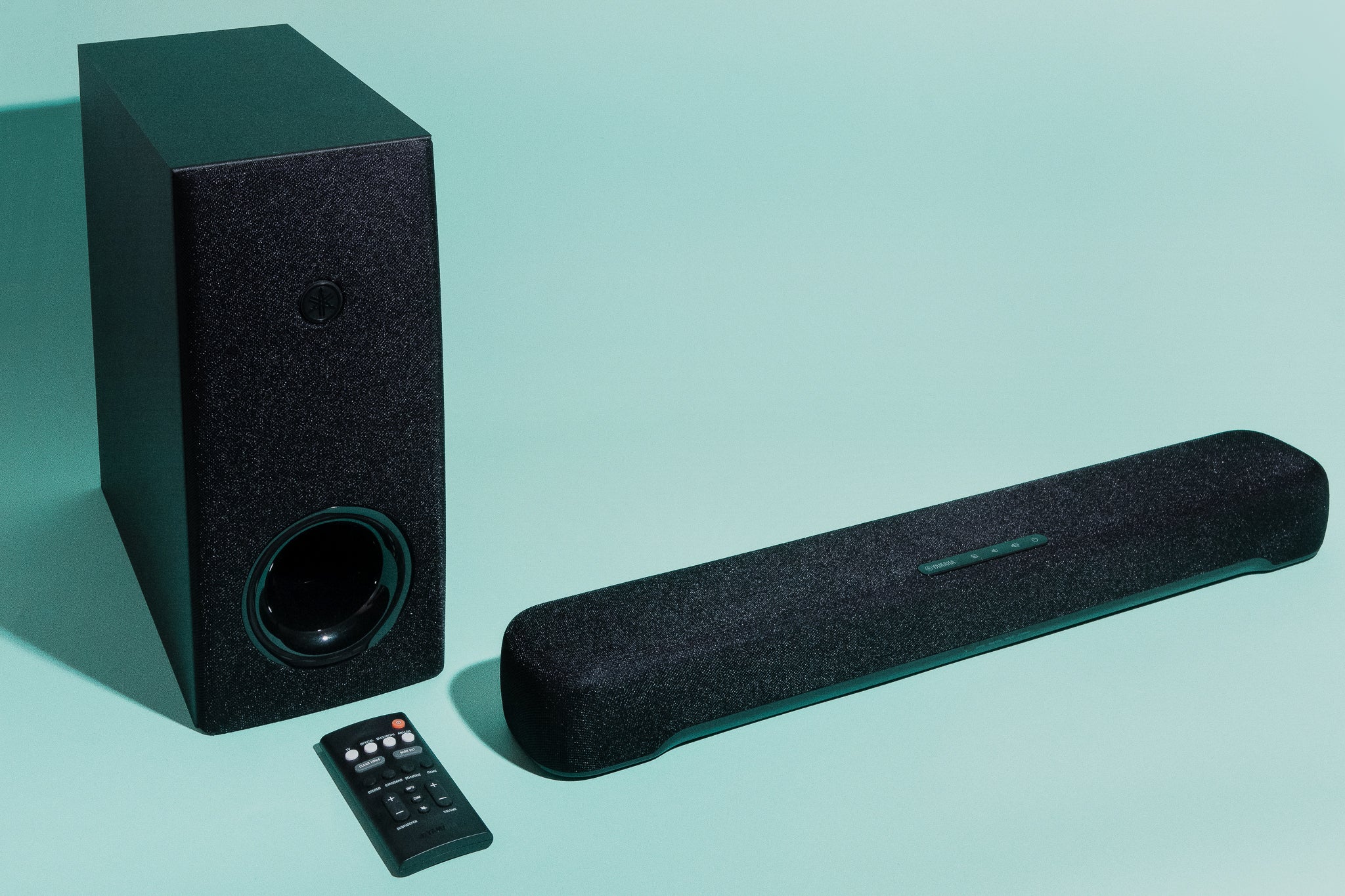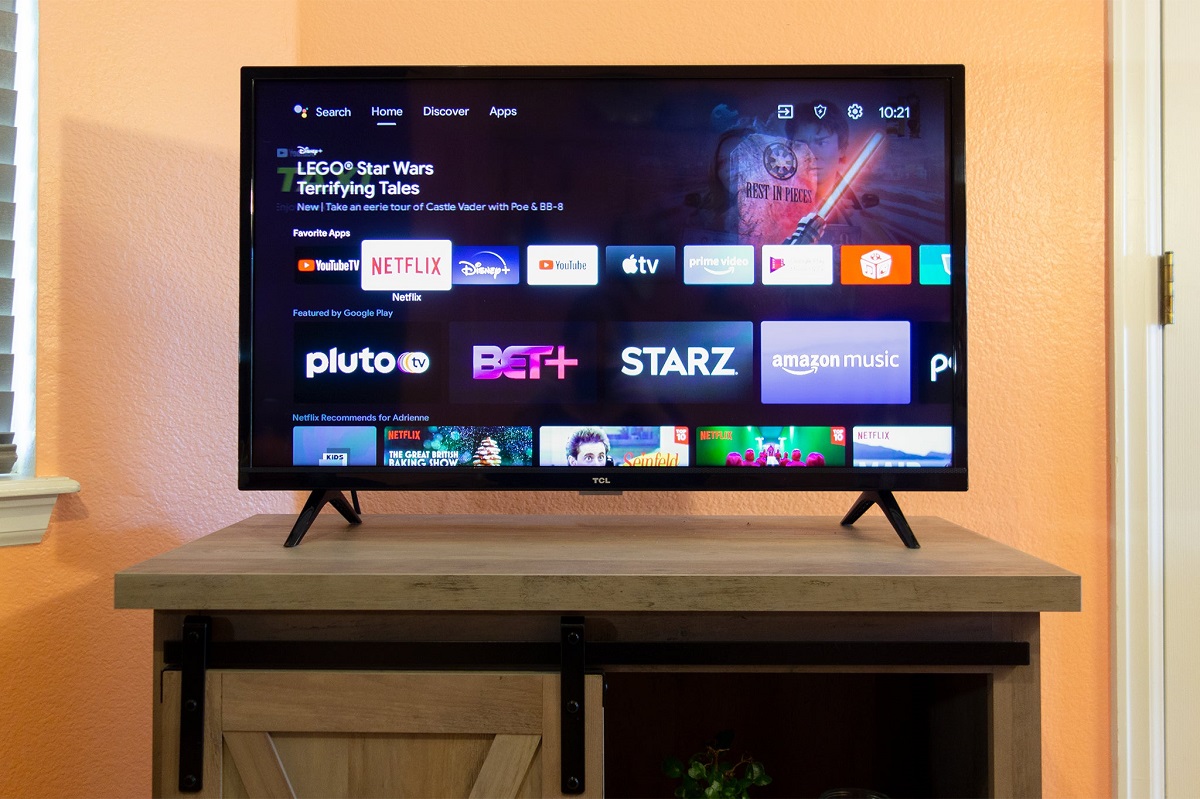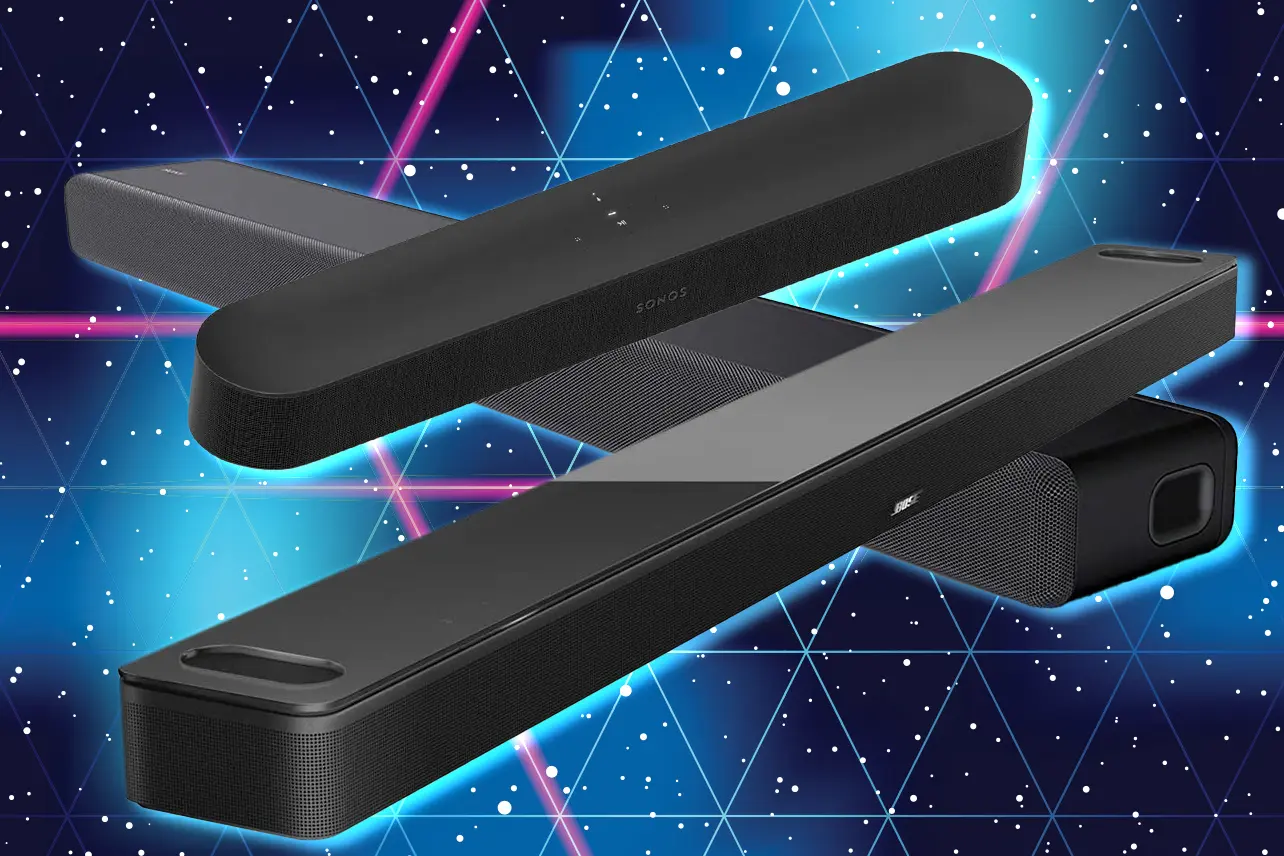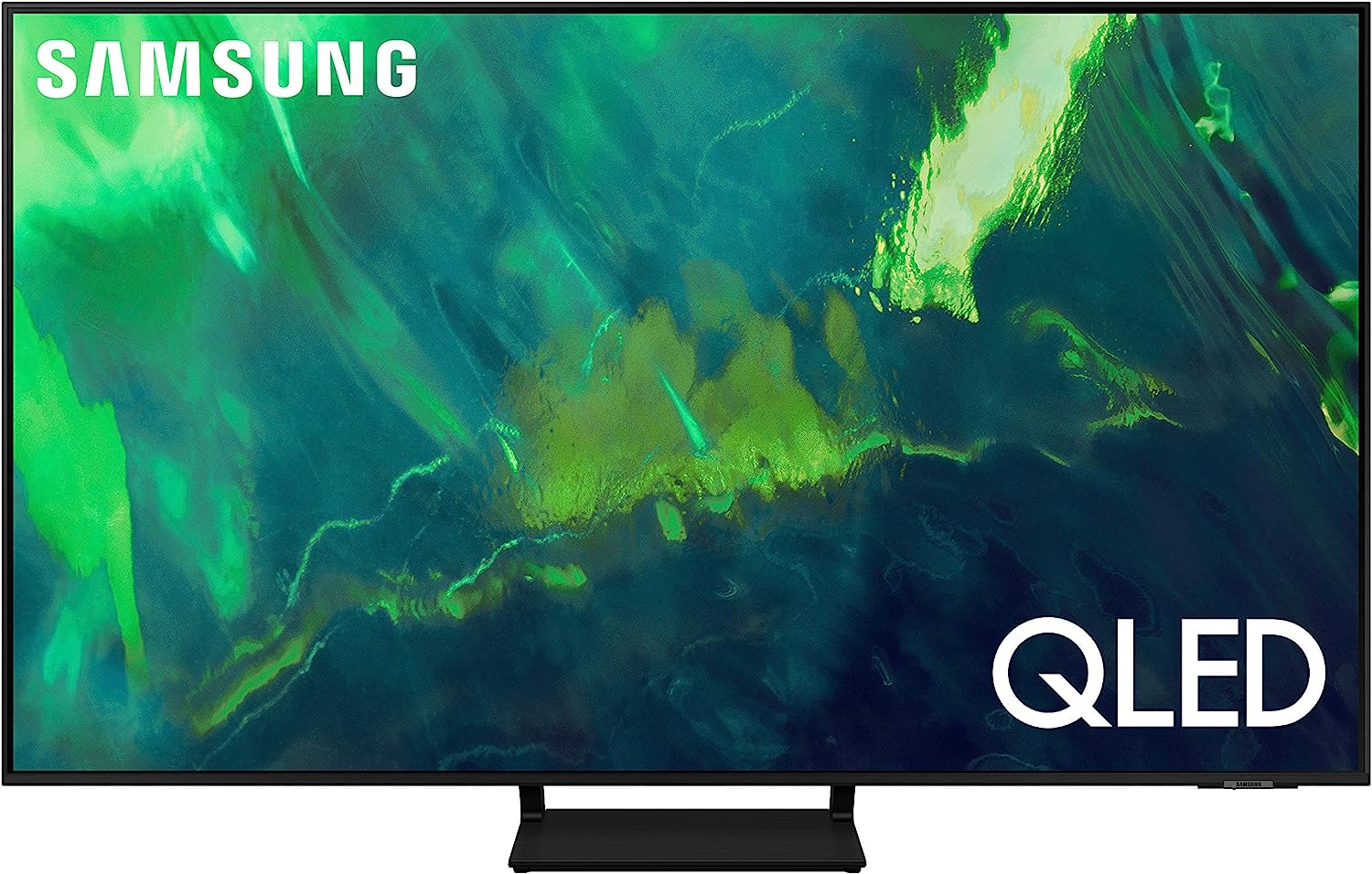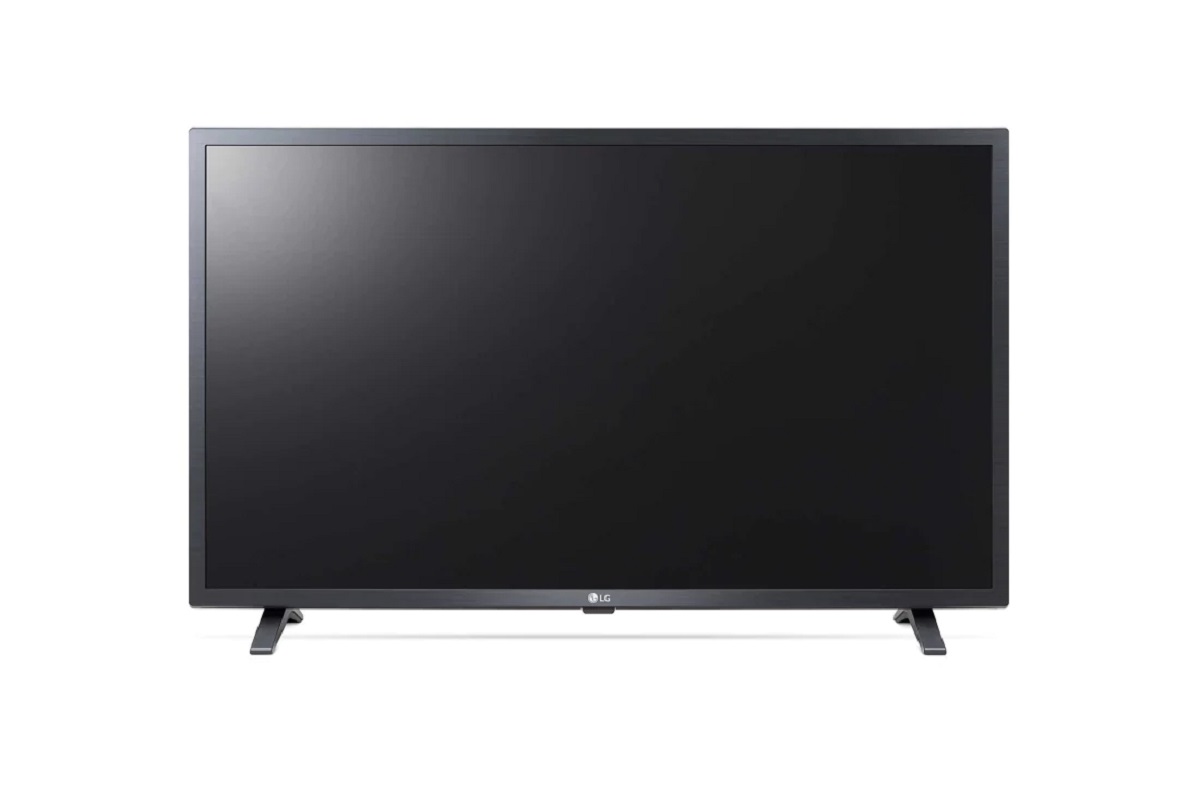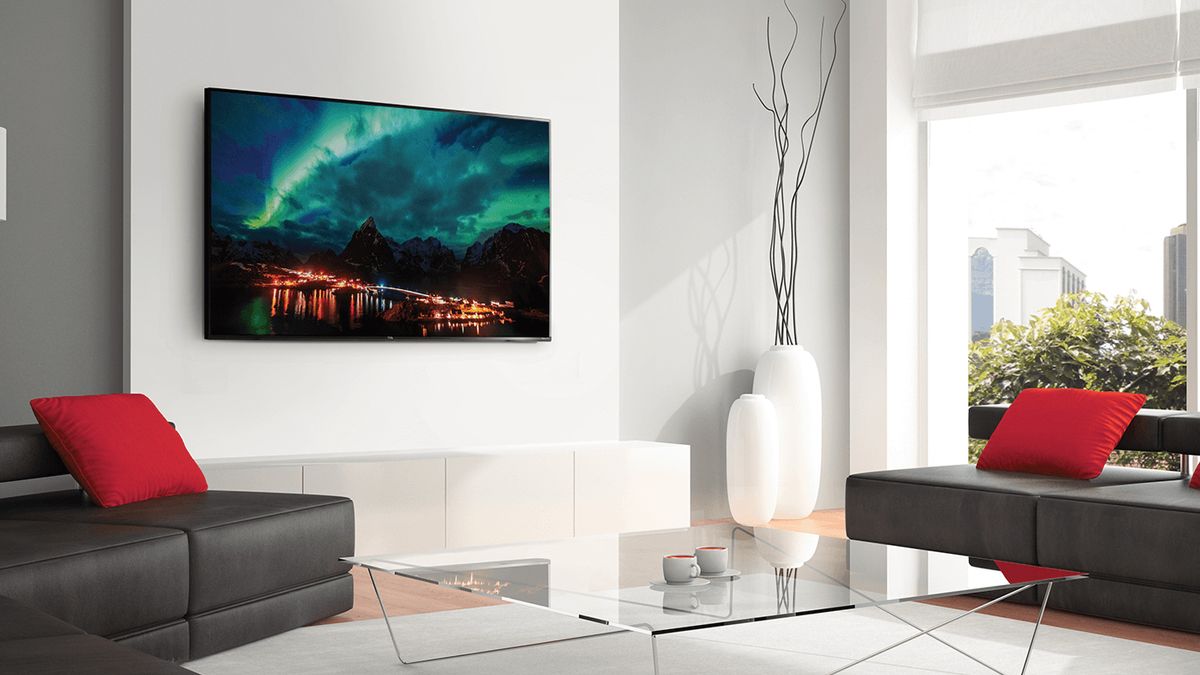Introduction
Welcome to the world of LED TVs—a marvel of modern technology that brings entertainment to life with stunning visuals and captivating audio. As you embark on your journey of finding the perfect LED TV for your home, you may have wondered about its power consumption. How many watts does a 32-inch LED TV use? This intriguing question will be answered in this article.
LED, or Light Emitting Diode, is a cutting-edge display technology that has revolutionized the television industry. It offers superior picture quality, vibrant colors, and energy efficiency compared to older LCD and plasma TVs. But understanding the power consumption of these sleek and stylish devices is crucial, especially if you’re conscious about conserving energy and reducing your electricity bills.
In this article, we will explore the average power consumption of a 32-inch LED TV, factors that affect its power usage, and some energy-saving tips to help you make informed decisions when it comes to selecting and optimizing the power consumption of your LED TV.
So, if you’re ready to dive into the world of LED TVs and unravel the mysteries of their power consumption, let’s get started!
What is a LED TV?
A LED TV, also known as an LED-backlit LCD TV, is a television set that utilizes light-emitting diodes (LEDs) to provide the backlighting for the liquid crystal display (LCD) panel. This technology differs from traditional LCD TVs that use cold cathode fluorescent lamps (CCFLs) for backlighting.
LED TVs offer several advantages over their predecessors. Firstly, LEDs are more energy-efficient and consume less power compared to CCFLs. This not only helps reduce electricity bills but also makes LED TVs more environmentally friendly. Secondly, LED backlighting allows for better control over the brightness levels, resulting in improved contrast and deeper blacks. The images appear sharper and more vibrant, enhancing the overall viewing experience.
LED TVs are available in different types: edge-lit and full-array. Edge-lit LED TVs have LED modules placed around the edges of the display, which allows for a slim profile and sleek design. On the other hand, full-array LED TVs have LEDs positioned behind the entire back panel, enabling more precise local dimming and better uniformity in lighting across the screen.
It’s worth noting that some manufacturers use marketing terms like “QLED” and “OLED” to describe their televisions. While these terms may sound similar to LED, they are actually different technologies. QLED refers to Quantum Dot LED, which uses a layer of quantum dots to enhance color accuracy and brightness. OLED, on the other hand, stands for Organic Light Emitting Diode and offers self-emissive pixels for infinite contrast and deep black levels.
Now that you have a better understanding of what LED TVs are and the advantages they offer, you’ll be able to make a more informed decision when choosing the right TV for your needs. In the next section, we will delve into the topic of power consumption and explore how many watts a 32-inch LED TV typically uses.
Understanding Watts
Before we dive into the specifics of power consumption, it’s important to have a basic understanding of watts. Wattage is a unit of measurement that quantifies how much electrical power a device consumes or produces. In the context of LED TVs, it represents the amount of electricity used to operate the television.
When it comes to power consumption, LED TVs typically provide information in terms of maximum power usage and average power usage. The maximum power usage refers to the highest amount of power the TV can draw, usually during peak performance or when displaying bright and dynamic content. On the other hand, the average power usage is a more relevant metric as it represents the typical power consumption during regular usage.
LED TVs are designed to be energy-efficient, and their power consumption can vary based on several factors such as screen size, display technology, brightness settings, and usage patterns. It’s important to note that LED TVs consume more power when displaying brighter images or scenes with high motion. However, advancements in technology have resulted in LED TVs becoming increasingly efficient over the years.
To accurately determine the power consumption of a 32-inch LED TV, manufacturers often provide the wattage information in the product specifications or user manuals. This helps users estimate the electricity cost and make informed decisions regarding their energy usage.
Understanding the concept of watts and how it relates to LED TVs is essential for measuring and managing their power consumption. In the next section, we will delve into the average power consumption of a 32-inch LED TV, giving you a clearer idea of what to expect in terms of energy usage.
Average Power Consumption of a 32-Inch LED TV
When it comes to the power consumption of a 32-inch LED TV, there is no one-size-fits-all answer. The power usage can vary depending on various factors such as the brand, model, display technology, brightness settings, usage patterns, and even the content being viewed. However, we can provide a general estimate based on industry standards.
On average, a 32-inch LED TV consumes approximately 30 to 50 watts of power during regular usage. This includes watching TV shows, movies, playing video games, and general use. However, it’s important to recognize that this is just an estimate, and the actual power consumption may vary. The power usage may be lower when displaying darker scenes or images, and higher when showing brightly lit scenes or content with high motion.
It’s worth mentioning that LED TVs are designed to be energy-efficient, and modern models often include features like automatic brightness adjustment and energy-saving modes. These features aim to optimize power consumption without compromising on image quality. By enabling these energy-saving settings and adjusting the brightness levels according to your preference, you can further reduce the power usage of your 32-inch LED TV.
It’s also important to consider standby power consumption, which refers to the power used when the TV is in standby mode or turned off but still plugged into an electrical outlet. Some LED TVs have a standby power consumption of less than 1 watt, while others may consume slightly more. To minimize standby power consumption, you can consider using a power strip with an on/off switch or completely unplugging the TV when not in use.
Keep in mind that power consumption can vary significantly between different models and brands, so it’s always helpful to refer to the specific product specifications or user manual provided by the manufacturer for accurate information regarding power usage.
Now that you have a general idea of the average power consumption of a 32-inch LED TV, let’s explore the factors that can affect the power usage in the next section.
Factors Affecting Power Consumption
There are several factors that can influence the power consumption of a 32-inch LED TV. Understanding these factors can help you optimize the power usage and ensure efficient operation of your television. Here are some key factors to consider:
1. Screen size: Generally, larger screen sizes consume more power. A larger display requires more backlighting and processing power, resulting in increased energy consumption compared to smaller TVs.
2. Brightness settings: Higher brightness levels require more power. Adjusting the brightness level to an optimal setting can help reduce power consumption without sacrificing the overall viewing experience.
3. Display technology: The type of display technology used in the TV can affect the power consumption. LED TVs are generally more energy-efficient compared to older LCD or plasma TVs.
4. Content being viewed: The content you watch on your TV can impact power usage. Scenes with bright and dynamic content or fast motion may require more power compared to darker or static images.
5. Usage patterns: How frequently you use your TV and for how long can influence the overall power consumption. Leaving the TV on for extended periods when not in use can significantly increase energy usage.
6. Settings and features: Many LED TVs offer energy-saving modes and power management features. Enabling these options can help reduce power consumption without compromising on picture quality.
7. External devices and accessories: Connected devices such as gaming consoles, Blu-ray players, or sound systems can consume additional power when used with the TV. It’s important to consider the power usage of these peripherals as well.
By taking these factors into account, you can effectively manage and optimize the power consumption of your 32-inch LED TV. Understanding how these elements influence power usage allows you to make informed choices and adjust settings accordingly to conserve energy and reduce your electricity bills.
Now that we’ve explored the factors affecting power consumption, let’s move on to the next section, where we will provide some energy-saving tips to help you get the most out of your LED TV.
Energy-Saving Tips for Your LED TV
Although LED TVs are inherently energy-efficient, there are several steps you can take to further reduce the power consumption and maximize energy savings. Here are some energy-saving tips for your 32-inch LED TV:
1. Enable Energy-Saving Mode: Most LED TVs have an energy-saving mode or eco-friendly setting. By activating this feature, the TV will automatically adjust its brightness and power consumption to optimize energy efficiency without compromising picture quality.
2. Adjust Brightness Levels: Lowering the brightness level of your TV can significantly reduce power consumption. Experiment with different brightness settings to find the optimal balance between energy savings and visual clarity.
3. Use a Timer: If you tend to fall asleep while watching TV, consider utilizing the sleep timer feature. This ensures that the TV automatically turns off after a specified period of inactivity, preventing unnecessary power usage.
4. Turn Off Background Apps: Some smart TVs have apps and features running in the background even when you’re not actively using them. These background processes can consume unnecessary power. Go through your TV’s settings and turn off any unused apps or features.
5. Unplug Unused Devices: If you have other devices connected to your TV, such as gaming consoles or external speakers, make sure to unplug them when not in use. These additional devices can consume power even when the TV is turned off.
6. Avoid Screen Savers: Screen savers may seem visually appealing, but they can contribute to increased power consumption. Instead, set your TV to go into standby mode after a set period of inactivity.
7. Consider Ambient Lighting: The surrounding lighting in your viewing area can affect the perceived brightness of the TV. If you have adequate ambient lighting, you can lower the TV’s brightness without sacrificing visibility, thereby saving energy.
8. Regular Maintenance: Keep your TV clean and dust-free to prevent any blockage of ventilation. Overheating can lead to increased power consumption. Additionally, ensure that the TV’s firmware is up to date to take advantage of any energy-saving improvements released by the manufacturer.
By implementing these energy-saving tips, you can not only reduce the power consumption of your 32-inch LED TV but also contribute to a greener and more sustainable environment. Remember, even small changes can make a significant difference over time.
Now that we’ve covered energy-saving tips, let’s sum up what we’ve discussed in the next section.
Conclusion
As you’ve learned, the power consumption of a 32-inch LED TV can vary based on several factors including screen size, brightness settings, content being viewed, and usage patterns. On average, a 32-inch LED TV consumes around 30 to 50 watts during regular usage. However, it’s important to refer to the specific product specifications provided by the manufacturer for accurate information.
To optimize the power consumption of your LED TV, consider adjusting brightness settings, enabling energy-saving features, and being mindful of usage patterns. By implementing energy-saving tips such as using timers, turning off background apps, and unplugging unused devices, you can further reduce the power consumption and maximize energy efficiency.
LED TVs not only offer superior picture quality, vibrant colors, and sleek designs but also the advantage of being more energy-efficient compared to older LCD and plasma TVs. With advancements in technology, modern LED TVs are designed with energy-saving features to minimize power consumption without compromising on performance and image quality.
By understanding the power consumption of LED TVs, utilizing energy-saving features, and implementing energy-saving habits, you can not only reduce your electricity bills but also contribute to a greener and more sustainable future.
So, the next time you’re enjoying your favorite movies, TV shows, or games on your 32-inch LED TV, you can do so knowing that you’re being conscious of your energy usage and making an effort to reduce your environmental footprint.
Thank you for joining us on this journey to understand the power consumption of a 32-inch LED TV. We hope this article has provided you with valuable insights and practical tips to make informed decisions and optimize the energy usage of your LED TV.







